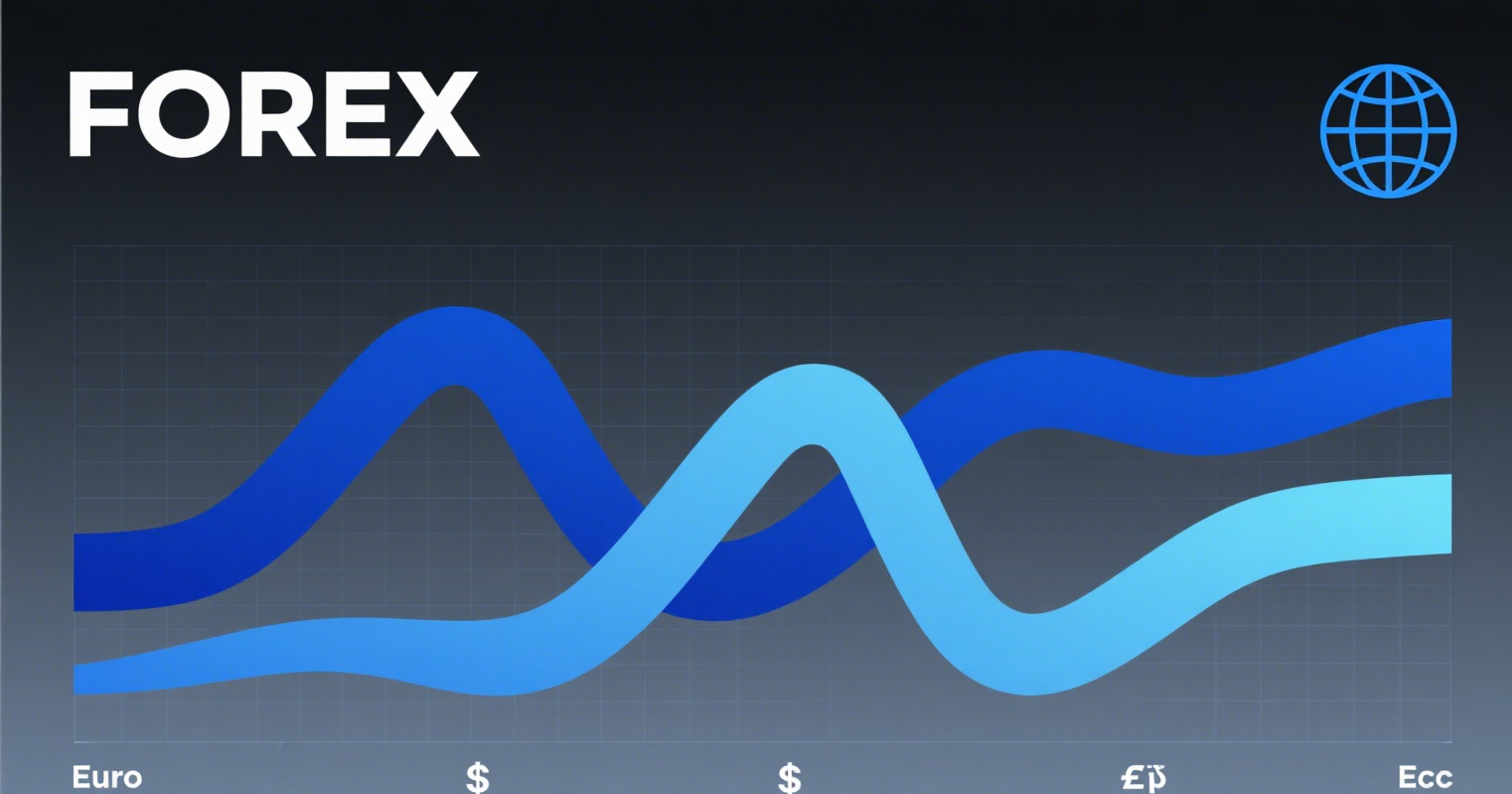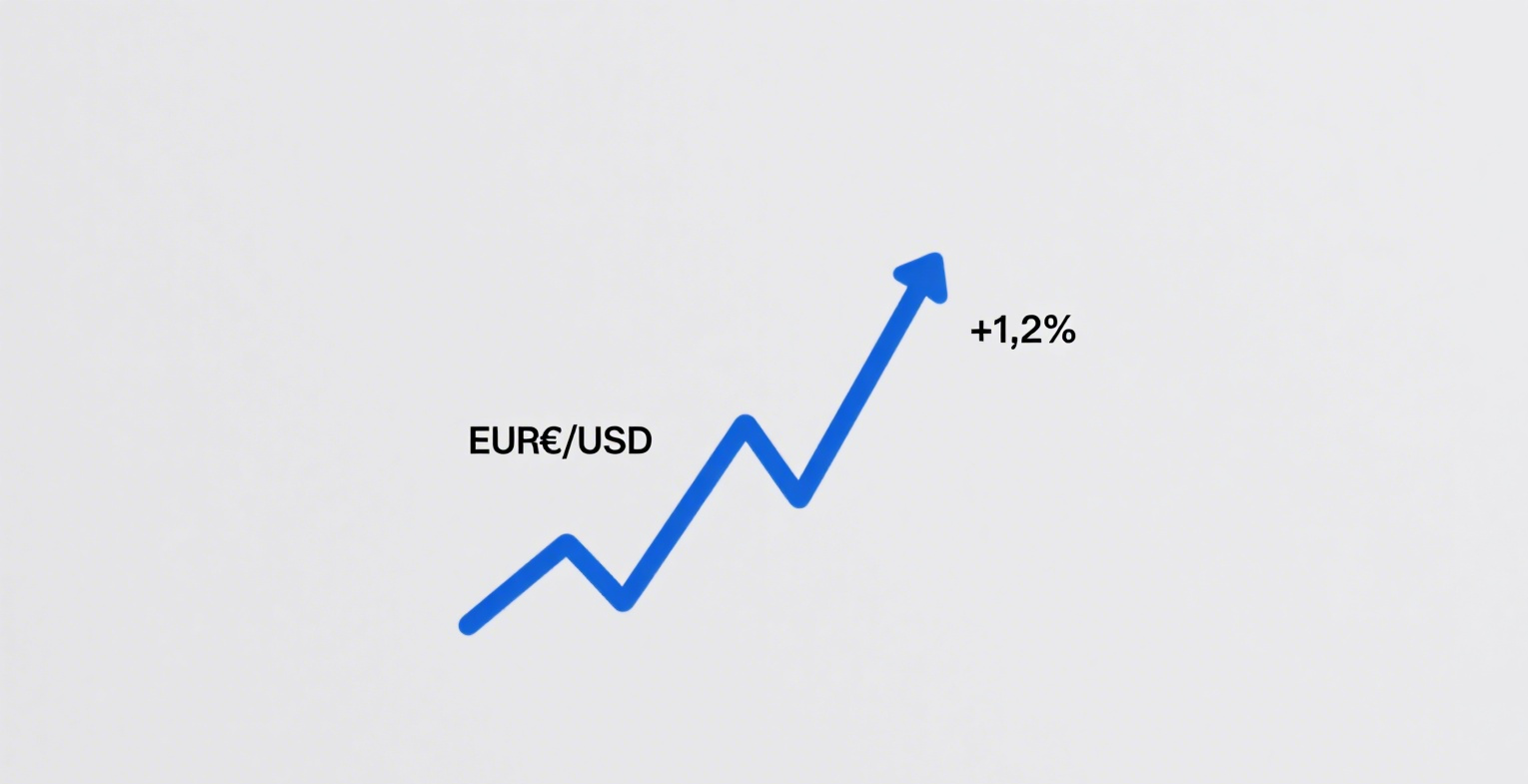
When technical analysis first emerged, it was rejected by fundamental analysts and considered akin to astrology. However, from simple counter quotations to today’s electronic trading, and from the rudimentary Japanese candlestick charts of the 18th century to today’s various quantitative strategies, the forms and methods of technical analysis have continuously evolved. It is widely used in the market precisely because it genuinely helps users make money.
Fundamental analysis can tell us which projects have more potential and predict long-term price levels, but it lacks tools for short-term price fluctuations. Technical analysis, on the other hand, focuses more on mid- to short-term market trend analysis, with relatively shorter analysis cycles but higher predictive accuracy. Both have their strengths and weaknesses, and it’s best to learn and understand both.
The three major assumptions form the theoretical foundation of technical analysis.
-
Market action discounts everything: Any factor affecting prices—fundamentals, political factors, psychological factors, etc.—must ultimately be reflected in prices through buying and selling.
This is the most important theoretical support for many pure technical analysts. All influencing factors ultimately affect investors’ buying and selling decisions, forming a price at which both parties reach equilibrium. This price inherently contains the consensus of all factors—a temporary balance achieved by all factors—until the next factor disrupts this balance, forming a new price.
-
Prices move in trends, and for an established trend, it is more likely to continue than to reverse.
This is a boon for many trend traders. Prices, like water, always flow in the direction of least resistance, whether in an uptrend or downtrend. This helps investors make directional choices.
-
History repeats itself. Technical analysis and market behavior are somewhat related to human psychology. Price patterns, displayed through specific charts, reflect people’s bullish or bearish psychology toward a market and tend to recur in similar forms throughout history.
The investment legend Jesse Livermore once said: “Speculation is as old as the hills. Wall Street never changes.” This statement implies not just that price movements repeat throughout history, but rather that human nature never changes. Investors, driven by greed and fear, have cycled endlessly for centuries without change.
















